Text
Bait & Lures for Sunfish
BAIT AND HOOKS—KEEP THEM SMALL
Regardless of whether you use live bait or lures, you will need to keep them small if you want to catch a lot of bluegill. Hook sizes from No. 6 to No. 10 are most effective. Hooks with long shanks will allow you to more easily remove them from the bluegill's tiny mouth, and thin wire hooks work best for holding small baits. Live bait works especially well for bluegill. The most common baits are worms and night crawlers because they are readily available and bluegill love them. The key is to use only a piece of a worm—just enough to cover the hook. Other productive baits include crickets, grasshoppers, red wrigglers and meal worms. Artificial lures also work well for bluegill. Some of the best lures are black jigs (1/32 ounce and smaller) and tiny spinners. Small flies and poppers are very effective and can be used while flyfishing or in conjunction with a bobber for easy casting (also see fly fishing).
TECHNIQUES—WHATEVER WORKS FOR YOU
Bluegill can be caught with a variety of techniques, all of which can be effective under the right conditions. The key is to use a technique you’re confident with and enjoy.
Bobber fishing
The most popular technique for catching bluegill in spring and summer is the bobber and worm. This method is not only popular because it is easy, especially for kids, but because it works. Bluegill don't like to chase their food, so a slow or almost motionless presentation is often best. A small bait hanging below a bobber is usually more than a bluegill can resist. Be sure to use a small bobber—just big enough to float your bait. If your bobber is too large, the bluegill will feel the resistance and spit out the bait. Setting your bobber from 1 to 3 feet deep will usually do the trick, but if fish are deeper you will need to fish deeper. Slip bobbers are a must for the serious bluegill angler because they allow you to fish at any depth.
Bottom fishing
Another effective technique is to cast your bait and let it slowly sink to the bottom. Use as little weight as possible so that your bait sinks slowly and so bluegill don't feel resistance when they pick it up. Using an ultra-light rod and reel with light line will allow you to cast your bait with no weight at all. If your bait sinks slowly, bluegill will often bite as it is sinking. If your bait makes it to the bottom without a bite, watch your line closely for a sign that a bluegill has picked your bait off the bottom. If you don't get a bite in a few minutes, reel in and cast to a different spot. This technique is especially effective when bluegill are in deeper water in early spring or following a cold spell.
Drift fishing
A very effective method for catching bluegill, especially in late summer when bluegill are often suspended in open water, is to drift across the lake in a boat with baits down 10 to 15 feet. Because bluegill will likely be found in schools, repeatedly drift through those areas where you have caught fish.
Fly fishing
Although you may think fly fishing is for trout, it is also one of the most effective, exciting ways to catch bluegill. Because small insects are a major part of the bluegill's diet, an artificial fly resembling these insects is usually irresistible. Bluegill are not as picky as some trout, so most fly patterns will work. The best flies are typically small and black.
LOCATION—FISH WHERE THE BLUEGILL ARE
Using the proper tackle, bait and technique is critical in catching bluegill, but it is important to know where to find bluegill in a lake, depending on the season. Because bluegill use different habitats at different times of the year, the best locations in spring probably won't be as good in late summer or winter.
Spring and early summer
Bluegill spawn in spring and early summer, and this is a good time to catch them. When water temperatures exceed 70F, begin looking for spawning bluegill in shallow water. The tell-tale "elephant tracks"—groups of nearly round craters that mark spawning nests—will give away their location. Once you find a spawning colony, take care not to spook the bluegill as you fish. Cast beyond the nests and retrieve your bait through the colony. Male bluegill will guard nests against intruders and will aggressively take small lures.
Late summer
You can readily catch bluegill after the spawning season, when they move into deeper water as summer progresses. In summer, bluegill can be found along the edges of weed beds, around brush piles, stake-beds and flooded timber, especially if deeper water is nearby. Bluegill are commonly found in water more than 10 feet deep in summer and typically hang just above the thermocline (the depth where water temperature changes dramatically and below which oxygen levels are usually low). Best fishing is usually in the morning and evening when the fish are most active.
Fall
Look for bluegill in the same locations as late summer and also fish shallower water near weed beds, brush or other types of cover. While morning and evening are the best times to fish during summer, midday fishing success often improves as water cools in the fall.
Winter
Look for bluegill in water 12 to 20 feet deep. They school near underwater structures, usually near the bottom. Bluegill do not feed as actively in winter, so be sure to use small baits and slow presentation. Using light tackle and line is also essential because bluegill bite very lightly in winter, and these bites would go undetected with less sensitive tackle.
FINDING A GOOD LAKE OR POND
If you just want to catch a lot of fish regardless of size, most lakes and ponds will provide ample bluegill action.
Don't overlook farm ponds! Some of the best bluegill fishing can be found in ponds, and many of the biggest bluegill on record were caught in farm ponds. To find a good pond, talk with other anglers and pond owners to get some tips. Always ask permission to fish on private ponds
0 notes
Text
Fishing for Sunfish in CT Lakes & Ponds
When selecting spawning sites, bluegill often seek the firmest bottom available but the fish can spawn on anything from silt to rocks. Bluegill build nests, which look like a round depression on the bottom, near the corners of pond dams or overhanging willow trees that provide cover. Most nests can be found 1 to 4 feet deep, except in clear water where spawning beds might be as deep as 10 to 15 feet.
On larger reservoirs, spawning bluegill can be found 2 to 7 feet deep in the backs of pockets along flatter banks. The fish will nest on either mud or rock banks and prefer to hold next to some type of wood cover or large rocks.
Despite their vulnerability during the spawn, bluegill in the shallows spook easily making the fish harder to catch. You should use baits you can present quietly to avoid flushing the fish from the nest. Cast a fly rod with artificial flies along the edges of a spawning colony so you can catch fish on the outside beds without disturbing the interior nests. Popular flies for bedding bluegill include various sizes of woolly worms or woolly buggers in brown, black, yellow or olive hues.
The best live baits for nesting bluegill include crickets, worms or grasshoppers set 1 to 3 feet below a tiny bobber. Remember to think small when fishing for bluegill. Since the fish have such small mouths, a number 6 hook should be large enough for your bait. You should also use ultralight tackle and 2- to 6-pound test line.
During the rest of the year, a bluegill’s habitat varies depending on where they find their food source. So the fish can be anywhere from open water travelling in large schools feeding on plankton and emerging insects or tight to wood cover or vegetation along banks where the fish feed on invertebrates hanging around the wood surfaces or in the weeds.
Non-spawning bluegill will also be holding at various depths. During the summertime, the fish will be in deeper water on bigger lakes, but they will remain shallow in ponds due to oxygen depletion that usually occurs in depths of more than 10 feet.
0 notes
Photo


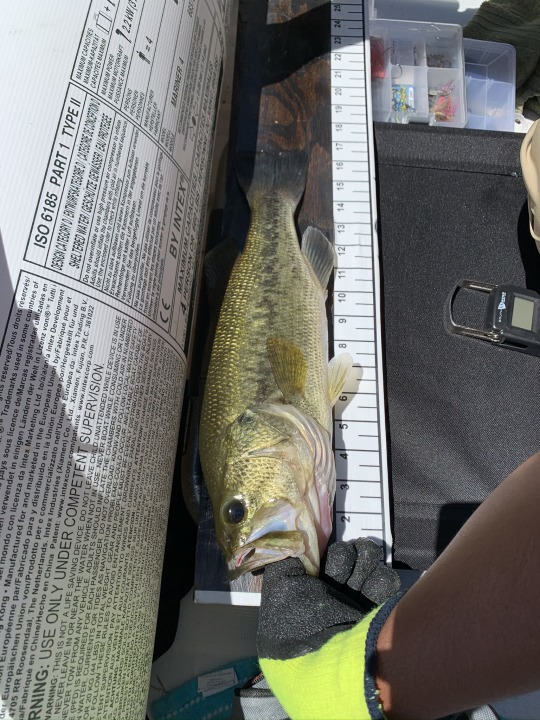

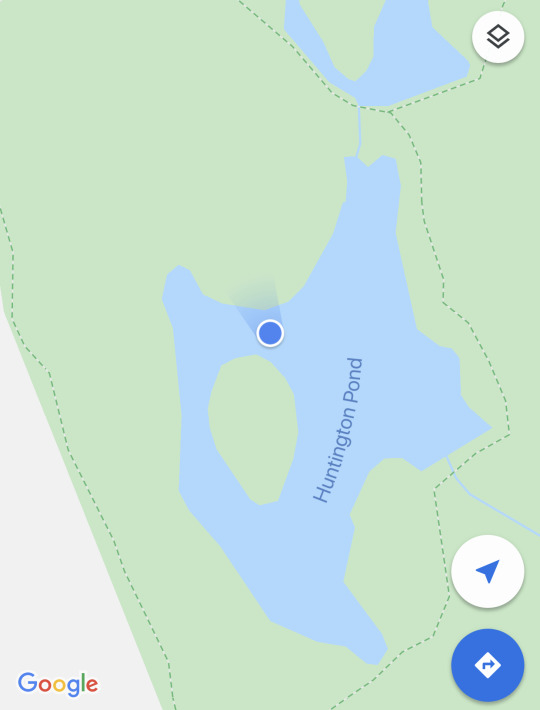
(Putting all catches for this day on one post since it was only a few)
Date Caught: May 24, 2020
Location: Huntington State Park - Huntington Pond - Redding, CT
Species: Large Mouth Bass, 12 inches, 0.98 lbs
Species: Large Mouth Bass, 14 inches, roughly 1.5 lbs
Species: Large Mouth Bass, 17 inches, roughly 3-4 lbs
Bait Used: YUM 5″ Dinger
**Catch location included in image and map above**
0 notes
Text
Tips for Trout Fishing on a Lake or Pond
Various lakes, ponds, and reservoirs in CT are stocked with Trout.
Trout are a fish that are attracted to cold water. This makes them easier to catch near the surface in colder Fall/Winter months, while having to search in deeper waters in Spring/Summer months where the water is colder.
Trout do not like a lot of light or direct sunshine, so low-light periods such as sunrise, sunset, and overcast days are an optimal time to catch trout. Heavily shaded areas are another great place to fish for trout as they feel more confident to come to the surface to feed on sunny days.
Lures to use:
Boat fishing while trolling - Winged Lures (Tassie/Tasmanian Devils)
--Harder to use from shores/banks because the wings are harder to cast through the air and thus you sacrifice casting distance.
Boat fishing without trolling or from shores/banks - 7 gram switchblade lure
Baits to use:
After heavy rain - Worms
--Rainy conditions would typically wash in mud and dirt into the lake, thus causing worms to also enter the lake. Trout will hunt for these in periods shortly after rain.
After heavy rain and in colder weather - Mudeyes
--Mud eyes eventually hatch into dragon flies and most typically hatch in October. You can still find some luck with these throughout the winter however.
When using Powerbait or Eggs
-- Recommend a garlic or corn flavor and a bright green or yellow so trout can see it easily.
--Great for lakes and ponds with calm water
--Be sure to use a sinker to get the bait to sink and your leader line (1.5 - 2 feet) will allow the bait to float once weight reaches the bottom.
0 notes
Video
And yet another underwater Large Mouth Bass release.
Location: Lake Saltonstall - East Haven, CT
0 notes
Video
Another underwater Large Mouth Bass release for your viewing pleasure.
Location: Lake Saltonstall - East Haven, CT
0 notes
Video
Underwater Large Mouth Bass release for your viewing pleasure.
Location: Lake Saltonstall - East Haven, CT
1 note
·
View note
Photo


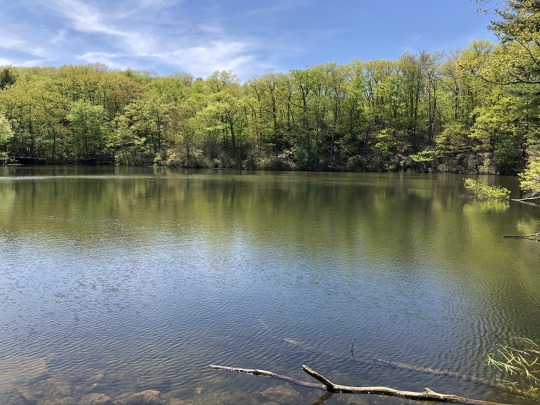

Date Caught: May 20, 2020
Location: Huntington State Park - Huntington Pond - Redding, CT
Species: Chain Pickerel
Bait Used: YUM 5″ Dinger
Weight: 0.58 lbs
Length: 15.5 inches
**Catch location included in image and map above**
1 note
·
View note
Photo

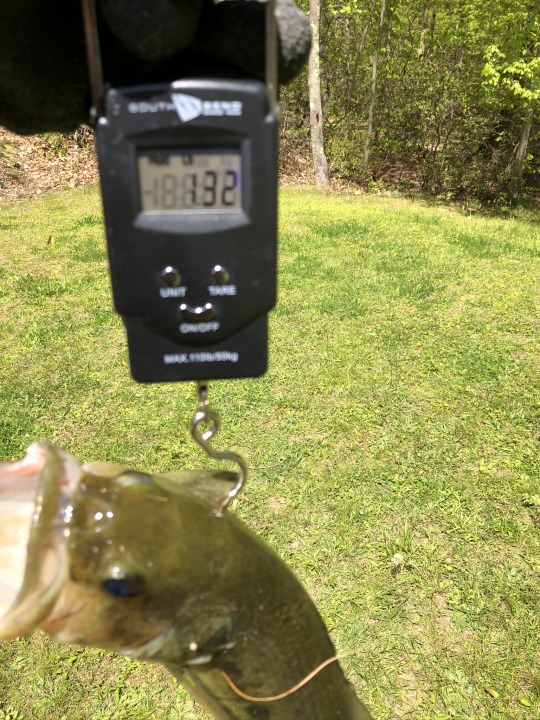


Date Caught: May 20, 2020
Location: Huntington State Park - Huntington Pond - Redding, CT
Species: Large Mouth Bass
Bait Used: YUM 5″ Dinger
Weight: 1.32 lbs
Length: 15 inches
**Catch location included in image and map above**
0 notes
Photo



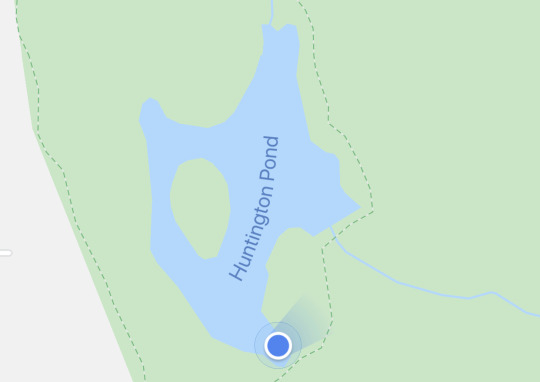
Date Caught: May 20, 2020
Location: Huntington State Park - Huntington Pond - Redding, CT
Species: Large Mouth Bass
Bait Used: YUM 5″ Dinger
Weight: 0.88 lbs
Length: 13 inches
**Catch location included in image and map above**
2 notes
·
View notes